Is An Inflatable Paddle Board The Right Choice For You?
How do you know if an inflatable paddle board is the right choice for you? As the sport of stand up paddleboarding continues to mature, there are a growing number of options to choose from when it comes to selecting a board (epoxy board, EPS foam core, inflatable, etc.). But should you go with a hard paddle board or an inflatable SUP? This question used to have an easy answer, serious paddler boarders purchased rigid SUPs, and recreational users went with the more convenient inflatable stand up paddle boards. In recent years, however, things have changed.
Contents
- Inflatables Are Not Beginner Paddle Boards
- Durability of Inflatable Boards - Design, Material, and Technology
- Repair Kit vs. Repair Shop
- Board Performance - Inflatable Paddle Board vs. Hard Board
- Travel Made Easy
- Storage - Rigid vs. Inflatable
- Your Paddle Boarding Experience
In this article, we'll take a look at a few of the more important factors to consider as you decide which type of paddle board to buy. There's some obvious differences between the two types, but also some surprising differences.
Inflatables Are Not Beginner Paddle Boards
As iSUP technology evolves, inflatables are getting more and more popular among experienced paddlers. These days, inflatable SUPs are incredibly rigid and offer portability and convenience that are unobtainable with hard paddle boards. Not to mention inflatables tend to weigh less and can still handle a similar weight capacity. They also match the stability of a hard paddle board and can endure the same variety of conditions; rivers, lakes, choppy water or calm water.
These inflatable stand up paddle board benefits are due to many of the recent advances in inflatable boards overall. The material used in inflatable SUP boards has come a long way since the start of the sport. Now more companies are upgrading to military-grade PVC. Also the way inflatable boards are manufactured has improved drastically thanks to woven drop-stitch technology. Combined, the quality materials and drop-stitch technology make inflatable SUP boards a fantastic option and all within a reasonable price range.
Durability of Inflatable Boards - Design, Material, and Technology
While you might expect rigid paddle boards to win in this department, that's actually not the case. Well-built inflatable paddle boards are constructed out of military-grade materials like those used by the Navy Seals and for whitewater rafting and are all but bombproof fully capable of surviving drops out of second story windows and even being run over by vehicles. Where a single bump of the nose into a rock or scrape against the bottom could scratch and ding your fiberglass SUP permanently, an iSUP will come out of most close encounters without a scratch. We use state-of-the-art materials and the strongest inflatable paddle board construction currently available on the market for ultimate toughness, rigidity and durability. All of which adds up to a better time on the water for you the rider!

We use the same grade of materials used by the Navy Seals and whitewater rafting outfitters.
Repair Kit vs. Repair Shop
Another factor that's closely related to the topic of a board's durability is repairs. Rigid SUPs are highly susceptible to dings and cracks which require time-consuming and costly repairs. Being that paddle boards are so long and cumbersome to carry around, it's inevitable that a rigid board will occasionally get bumped and scraped as you're loading and unloading it. Inflatable SUPs are ding-proof and will never need to go to the shop for a repair. In the unlikely event that your iSUP gets punctured, we ship all of our inflatable SUPs with easy-to-use patch repair kits that you can use to quickly mend the hole yourself. Check out our quick guide to repairing a damaged SUP if you need to put your repair kit to use.
RELATED: iSUP Repair Guides
Board Performance - Inflatable Paddle Board vs. Hard Board
Overall performance is an area where hard paddle boards still lead the pack. While inflatable technology has advanced in recent years and the performance gap continues to narrow, rigid boards still have the edge when it comes to speed and in heavy surf. If you are competing in SUP races and surf contests and can't afford compromises in the performance department, a hard board remains the best option. However, to notice some of these differences you'll need to have years of experience and be at a skill level where shaving a few seconds off your time matters.
Travel Made Easy
When it comes to travel, there's no question that an inflatable SUP is the clear winner. An inflatable can be deflated down to the size of a sleeping bag and easy transported in a duffel or backpack. We even include a comfy inflatable SUP backpack with every paddle board package to help you get down to the water like Lindsey and Noah who hiked their boards over a quarter mile in for a paddle on Timothy Lake near Mount Hood, Oregon. Traveling with an iSUP doesn't require a roof rack or oversized SUV, and you can even fly with your board by conveniently checking it with your check-in luggage. Learning how to fly with your stand up paddle board may seem daunting at first, but we've rounded up a few tips and tricks to get you soaring skyward over here.

An iSUP allows you to hike with your bag to bodies of water that can only be reach on foot.
Storage - Rigid vs. Inflatable Stand Up Paddle Board
Where will you store your SUP when it's not in use? If you live in an apartment or condo where space is limited, storing a rigid paddle board will undoubtedly be a challenge. Hope there are no twisting staircases involved! Paddlers who don't have large storage areas to store a SUP will definitely appreciate the packability and small footprint of an inflatable SUP. After deflating an iSUP, it can be conveniently stashed in a closet, on a shelf, under your bed or, in our favorite spot, right by the door.😉 Without question, this makes an inflatable SUP the best choice for city life, #vanlife or anywhere where you don't have much space. It's easy to stash your iSUP in an apartment, condo, or high-rise, and still enjoy an organized, clutter-free living environment.
RELATED: 10 Tips for Inflatable SUP Storage
Your Type of Paddle Boarding Experience
Hopefully this article has given you a better idea of exactly what type of SUP is best for you. While rigid paddle boards definitely have their place in races and carving up waves, the vast majority of individuals are far better off with an iSUP due to their incredible convenience, low-maintenance, and extreme portability. Furthermore, the recent advances in SUP tech and design has improved their overall performance. They can easily handle similar conditions and are just as reliable. Regardless of your paddling skills or experience level an iSUP is worth considering.
No matter what type of SUP you choose, we're sure you'll enjoy your time on the water. Lastly, always remember to practice safe paddling by wearing a SUP leash and PFD. Happy paddling!


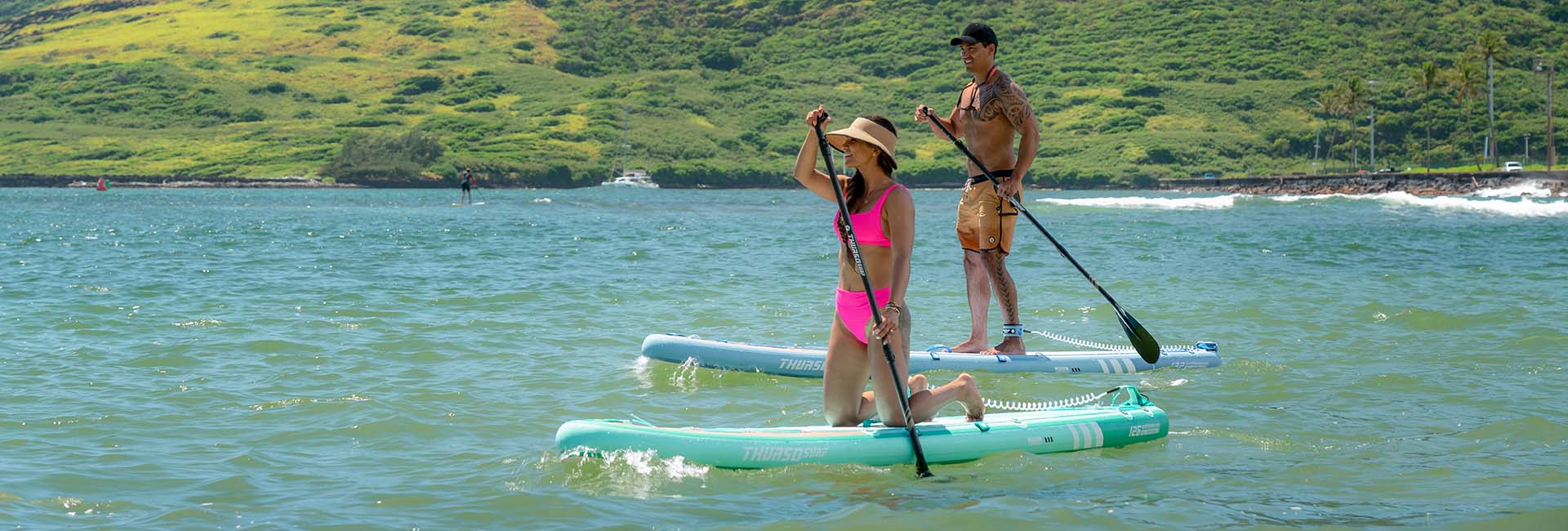



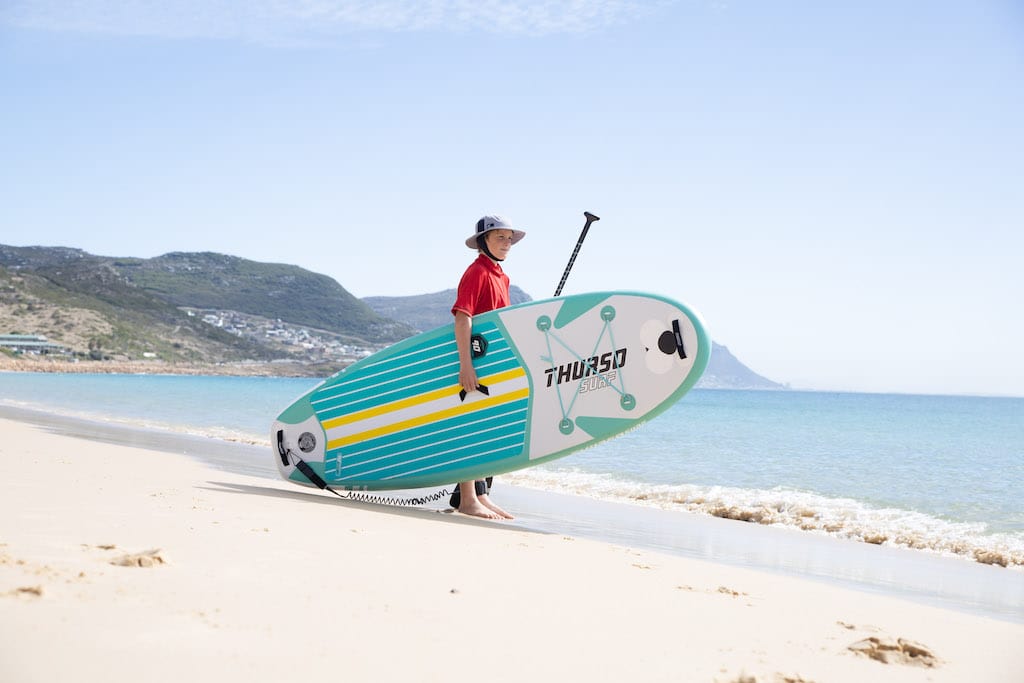
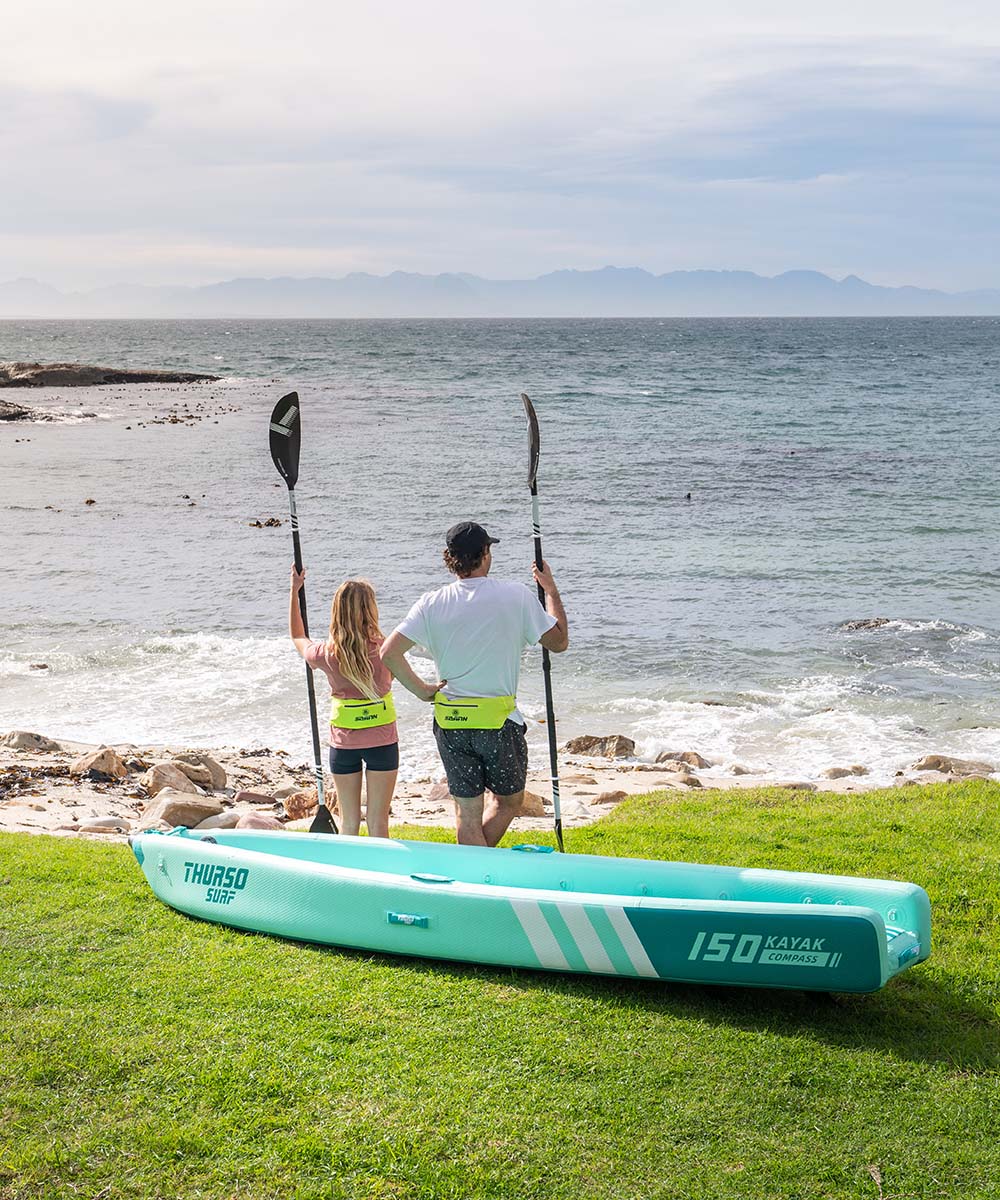

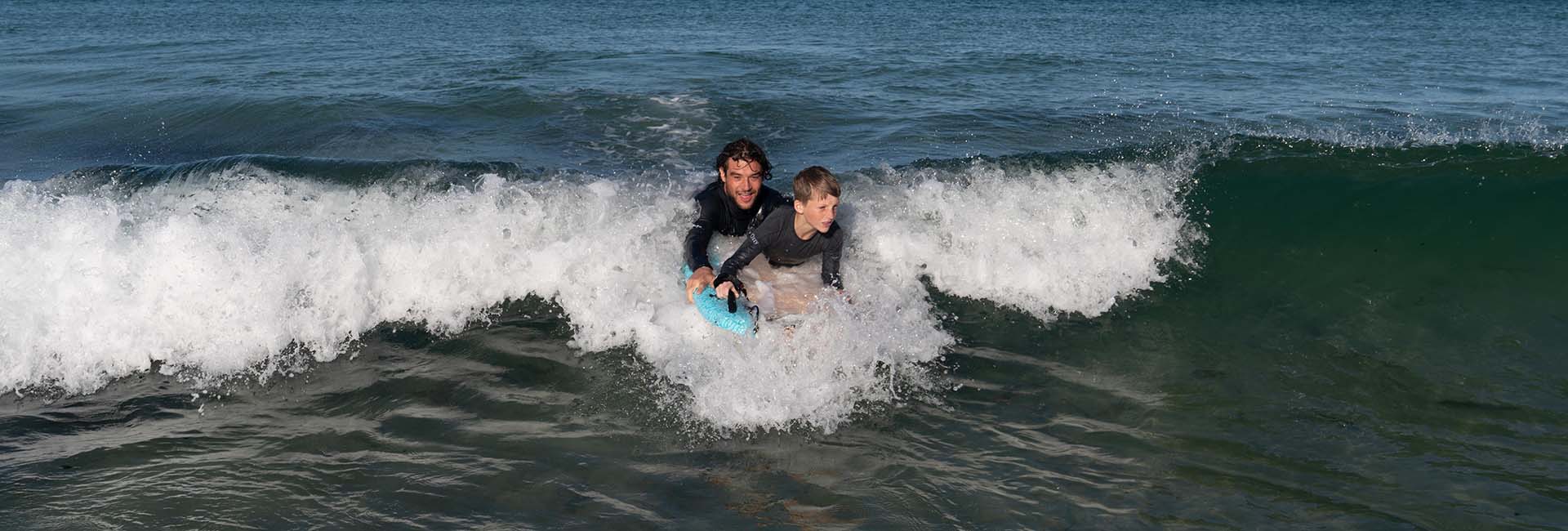
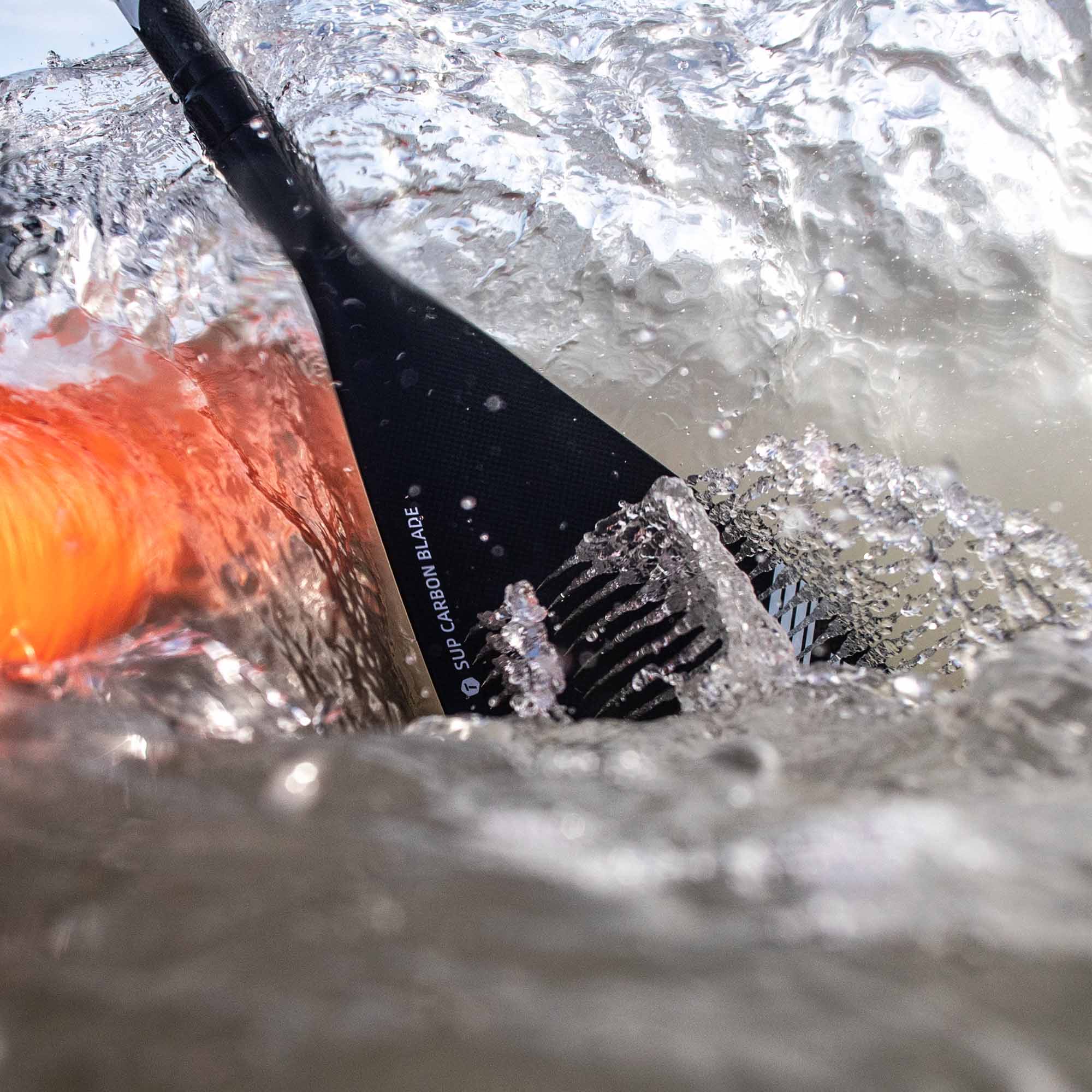
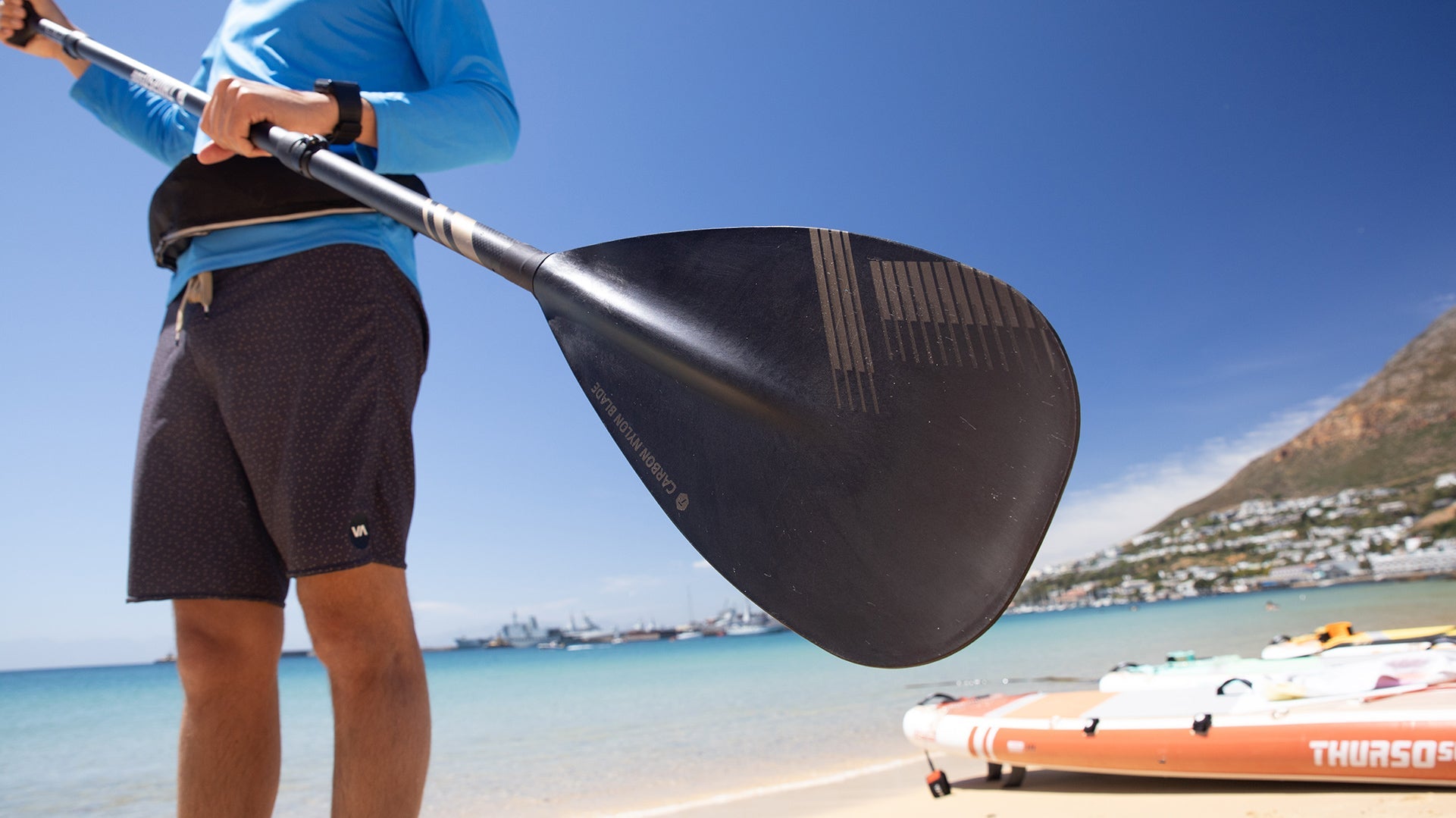


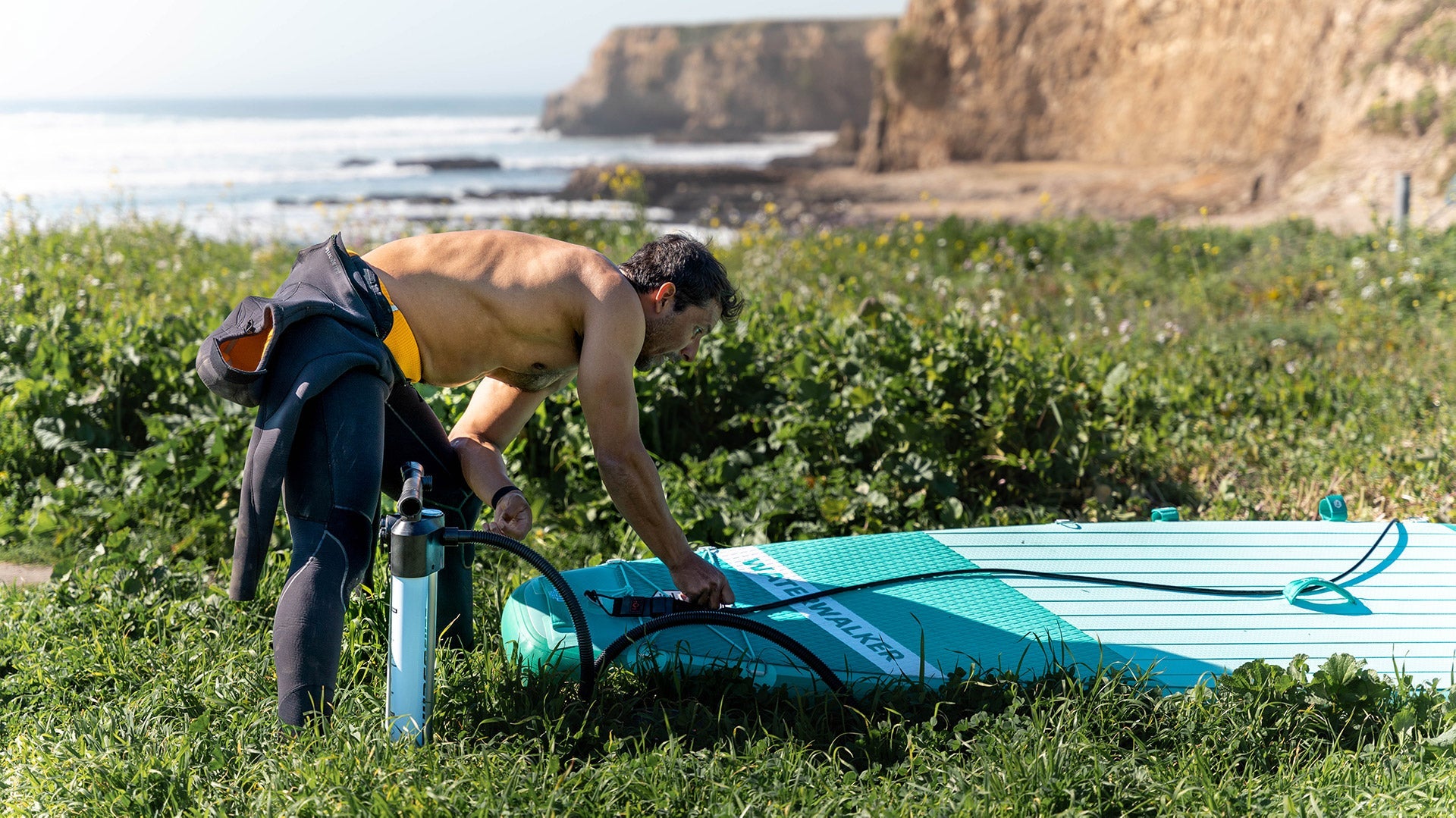
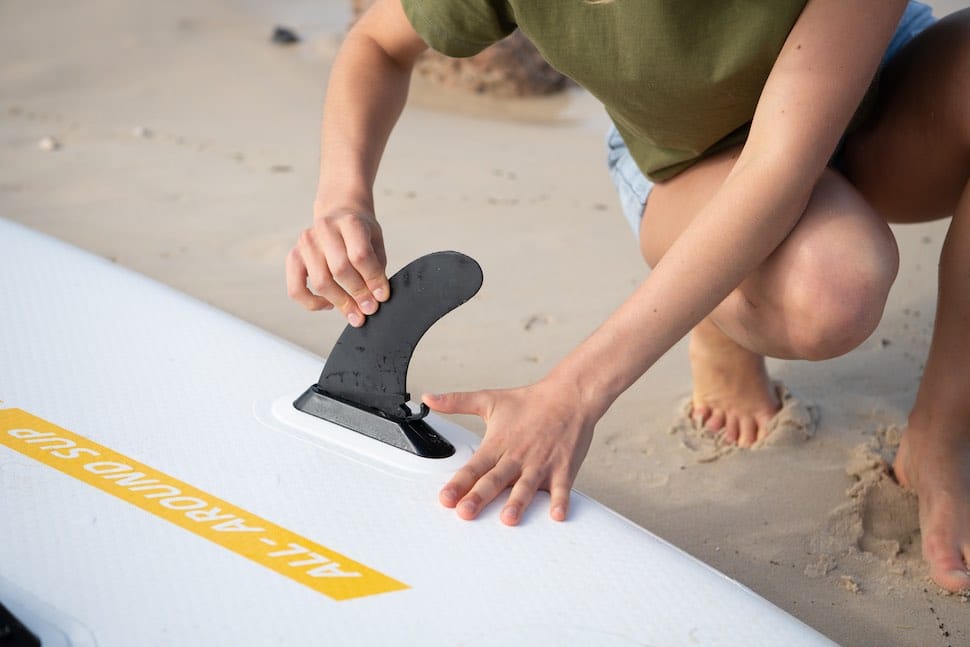



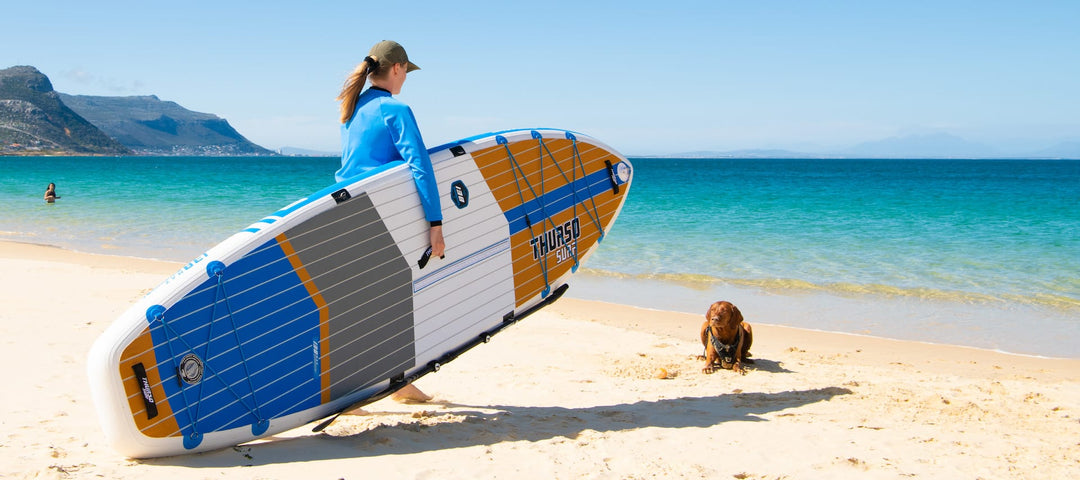


Leave a comment